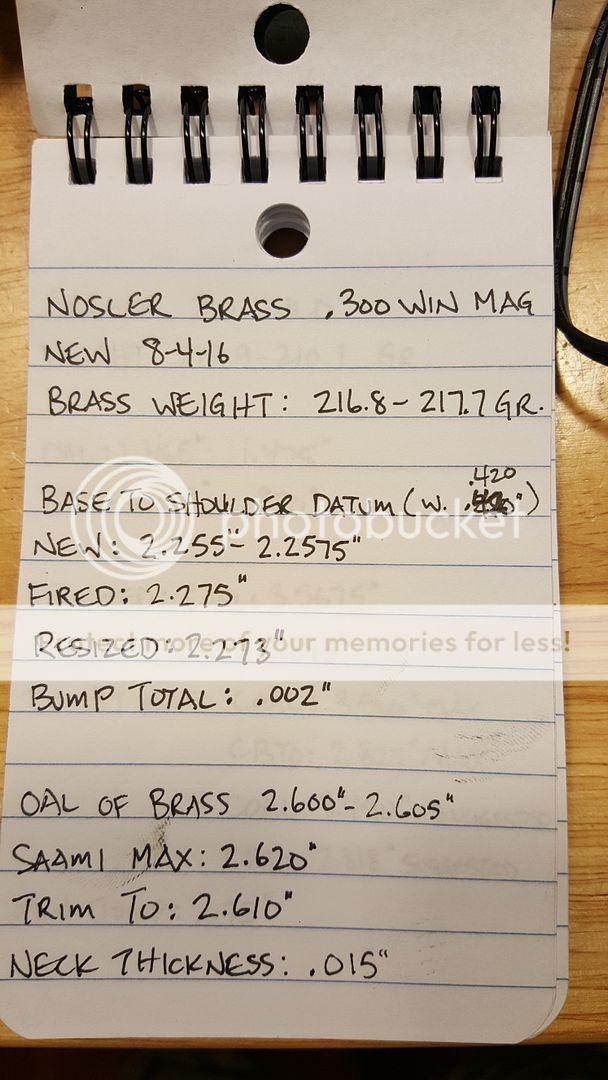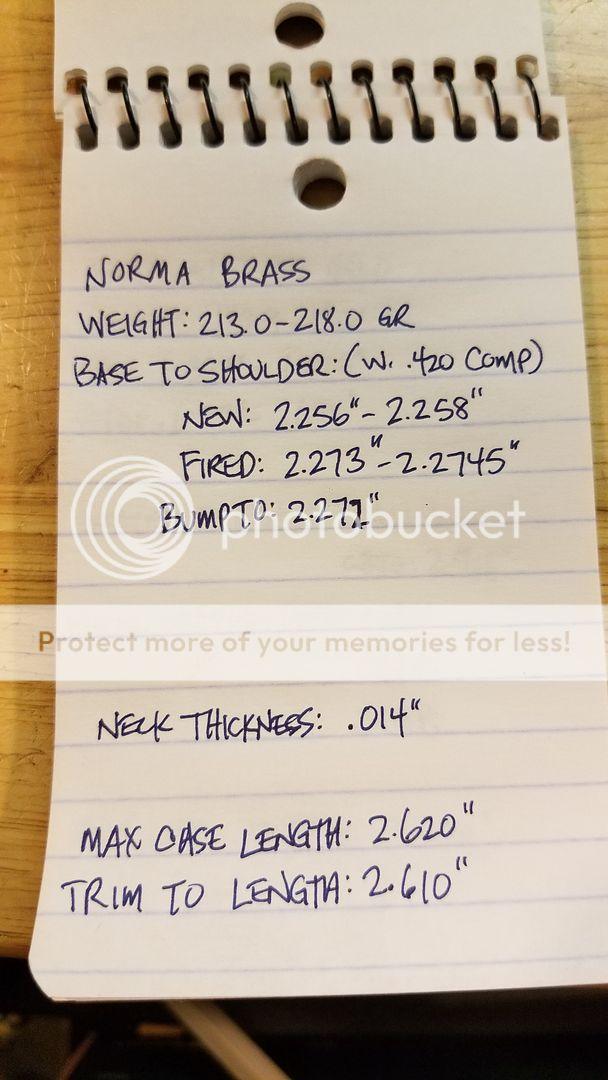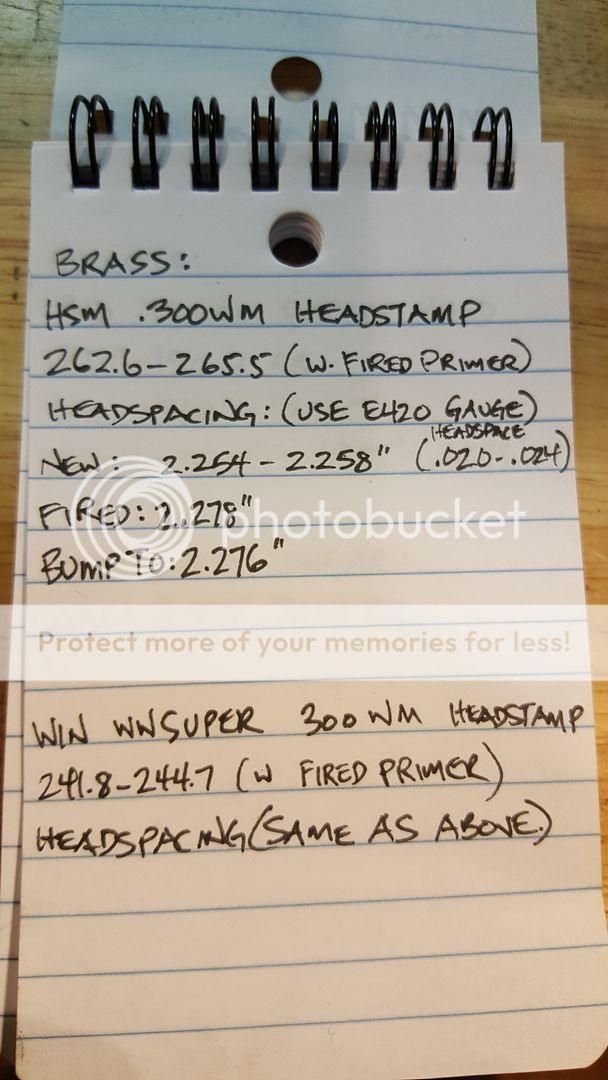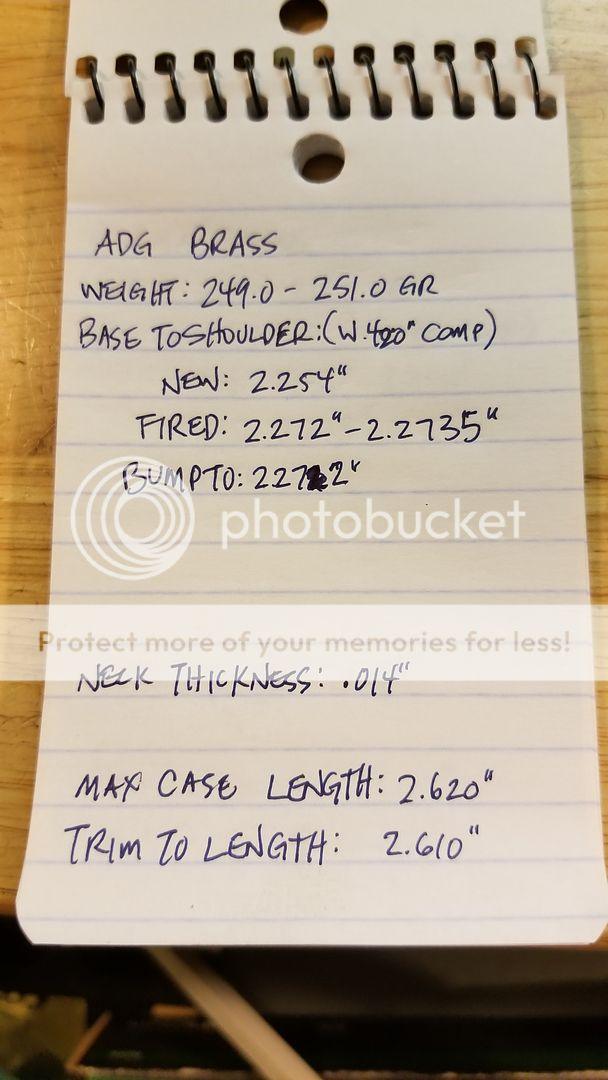So wanting to try these. Reviews are stellar across the board. Company site says reduce load compared to traditional brass or pressure spikes/unsafe conditions will arise? Thats vague but i understand. So who has tried them and what kind of difference in charge weight are you seeing as opposed to your normal load . Type brass specific if possible. I normally run Winchester or Federal. Sometimes Hornady range pickups (Short life span)
Jim
Just do a water weight test, and it'll tell you the difference. There's no way to tell the internal volume without it. Weights can be different because of more/less weight in case head, and not just the thickness of the brass. I've tested brass, and compared to the Lapua that I normally use, and found that, even if the brass weighs differently, it may not have the case capacity that you'd think.
I've done pretty extensive tests in several cases, for my match rifles. I'm actually testing a different brand case right now, trying to find a comparable case, for my rifle, at a cheaper cost, for shooting PRS , because of the amount of brass you lose when shooting matches.
I tested Alpha, and Peterson brass, and compared to Lapua. The weight of the cases made me think they had more capacity, because of the neck thickness, but they both turned out to have .5 gr less capacity than Lapua, even tho measuring case thickness would make you think the opposite. The difference had to be in the case head, instead of case thickness.
Water weight tells the story.




